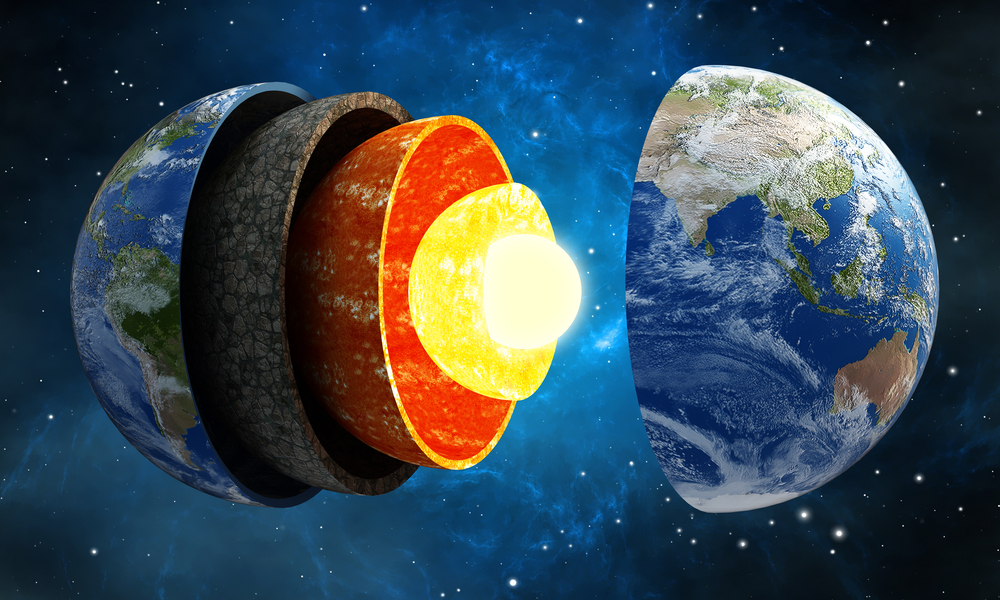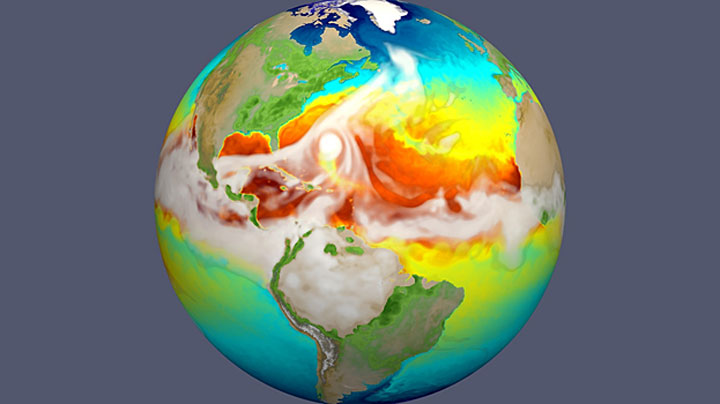

Back
Research Areas
Next


Solid Earth Geophysics
The researchers use seismology, space geodesy, tectonics and numerical experiments to understand the following topics: Mechanics of earthquakes and faulting, Structure and rheology of the lithosphere in active earthquake and volcanic regions, Physics of transient deformation, and Active tectonics and earthquake hazard.

Climate applications
Climate extremes in the present day and in future decades can have severe implications, with the poorest members of societies being often the most vulnerable. The ESP group uses dynamical and statistical modelling techniques to assess the socio-economic impacts of climate
variability and change, for example on energy, water and health. As with the climate models, the dynamical impact models CHYM and VECTRI are made available to the wider scientific community through regular workshops and training events.

Earth System Modelling
Earth system models attempt to represent the key processes that determine the climate of our planet, such as the atmospheric and ocean circulations, aerosols and atmospheric chemistry, biogeochemical cycles, the cryosphere, and land surface processes. The research of the group uses model tools such as the latest generation of the regional climate model REGCM and intermediate complexity global model SPEEDY to understand our climate, its natural variability and its response to anthropogenic forcings.
















